More than 20 years ago, the first cinnamon trees in Thai Nguyen took root in Dinh Hoa, helping many households escape poverty and become rich. However, there was a time when people could not find an outlet for cinnamon products, the selling price dropped so the area was narrowed. However, in the past 4 years, the cinnamon growing area in the province has increased quite sharply as localities have oriented people to develop this crop towards commodity production. By the end of 2024, the whole province had over 5,000 hectares of cinnamon.
 |
| Starting to grow cinnamon in 2020, up to now, Mr. Nong Thanh Oai's family (Director of Sang Moc Medicinal Cooperative, in Sang Moc Commune, Vo Nhai District) has 12 hectares of cinnamon. Photo: HH |
Promising crop
Among woody plants, cinnamon is considered a promising crop, bringing a fairly high income to people in the province, especially in Dinh Hoa district - where thousands of households have escaped poverty thanks to investing in developing this crop.
Thanks to the State's policy of supporting seedlings (households growing cinnamon in protective forests are also supported with additional fertilizer), the cinnamon growing area in Dinh Hoa has developed quite rapidly. According to Mr. Nguyen Minh Tu, Chairman of the District People's Committee, cinnamon trees are very suitable for the local soil and climate conditions, so they grow quite well.
In some districts such as Phu Luong and Vo Nhai, cinnamon trees also have great potential for development when the climate and soil conditions are quite similar. Mr. Nguyen Van Hoat (in Trung Thanh 2 hamlet, Vo Tranh Phu commune, Phu Luong) said: 4 years ago, my family tried planting some cinnamon trees in our garden. What surprised me was that the trees grew quickly, the trunks were big and strong, and now the canopy has closed, the leaves are green and the bark is quite thick... Through the experimental planting, I see that Phu Luong can completely expand the cinnamon planting area in production forests...
Perennial, mature cinnamon trees can be over 15m tall. The tree's root system develops strongly, the taproot penetrates deep into the ground, the sedge roots spread widely, intertwining, so cinnamon has the ability to grow and develop well in steep mountainous areas. Cinnamon is also considered a tree with good resistance to pests and diseases.
Cinnamon plantations in Thai Nguyen for many years have been almost free of pests and diseases. Notably, the entire trunk, branches, roots and leaves of the cinnamon tree can be used to distill essential oils, make medicine and spices. Cinnamon bark is a valuable export product. Cinnamon wood is light brown, has straight and smooth grain and can be used to make household items, build houses, etc.
To bring high income to cinnamon trees, people now plant cinnamon at a higher density (from 5,000-6,000 trees/ha). Increasing investment in intensive cultivation, from the 5th year, trees begin to be harvested from pruning branches and leaves for sale. With the current market price of about 1,400 VND/kg of leaves, cinnamon growers in Thai Nguyen will have an early source of income, helping people to get short-term and grow long-term.
When the cinnamon tree is 6 to 7 years old, people can peel the bark to sell (dried cinnamon bark is currently priced at about 50,000 VND/kg). The tree trunk after peeling the bark costs 1,000 VND/kg. Currently, the consumption market is quite good, from the time the cinnamon tree is pruned, the leaves are sold, the bark is peeled until the 17th year when the tree is sold, the value is about 1.3 billion VND/ha.
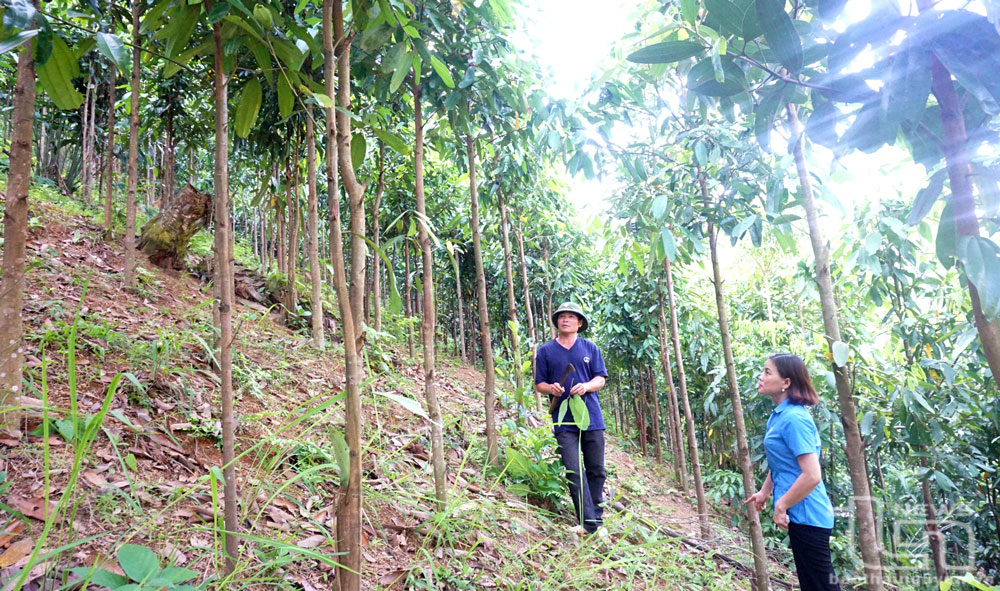 |
| Cinnamon is one of the key trees for developing the forest economy in Dinh Hoa district. In the photo: People in Dong Dinh hamlet, Kim Phuong commune, inspect the cinnamon forest. Photo: TL |
Forming concentrated production areas
With the goal of developing cinnamon trees in the direction of commodity production, Thai Nguyen has planned and oriented localities to form concentrated cinnamon growing areas. This will increase added value and sustainable development by creating high-quality products, promoting the cinnamon brand and cinnamon-processed products, meeting the needs of domestic and foreign markets.
Mr. Le Cam Long, Head of the Provincial Forest Protection Department, said: The province's concentrated cinnamon production areas are in the communes of Boc Nhieu, Lam Vy, Trung Luong, Phuc Chu, Phu Tien, Trung Hoi, Phuong Tien, Bao Linh, Bao Cuong, Kim Phuong, Quy Ky, Binh Thanh... of Dinh Hoa district. In Vo Nhai, there are the communes of Vu Chan, Cuc Duong, Nghinh Tuong, Sang Moc... The whole province strives to have the value of cinnamon products harvested per cycle reach 1 billion VND/ha or more (15 to 20 years).
To achieve the set goals, Thai Nguyen continues to promote training and transfer of science and technology in planting and intensive cultivation of cinnamon trees to the people. Along with that, it encourages localities to develop cinnamon trees in depth, improve the quality of tree varieties and products obtained.
In particular, businesses are encouraged to invest in essential oil processing facilities and factories processing cinnamon products to ensure output for people. At the same time, they should seek markets, form chains linking production, processing to product consumption, and gradually build brands so that Thai Nguyen cinnamon products have a foothold in domestic and foreign markets.
Developing cinnamon trees sustainably is a long-term goal of Thai Nguyen. In addition to the above solutions, in the coming time, the province needs to continue to have support policies on seeds, fertilizers, etc. for the people. In addition, there is a policy to attract large enterprises to invest in the agricultural sector in general, and invest in deep processing of cinnamon products in the province in particular.
According to the objectives of the Project on developing key crops of Thai Nguyen province in the period of 2021-2025, with a vision to 2030, cinnamon is identified as one of the 6 key agricultural products of the province. The whole province strives to have 6,500 hectares of cinnamon by the end of 2025, and 11,500 hectares by 2030. |
Source: https://baothainguyen.vn/kinh-te/202501/phat-trien-cay-que-theo-huong-ben-vung-6af2da3/


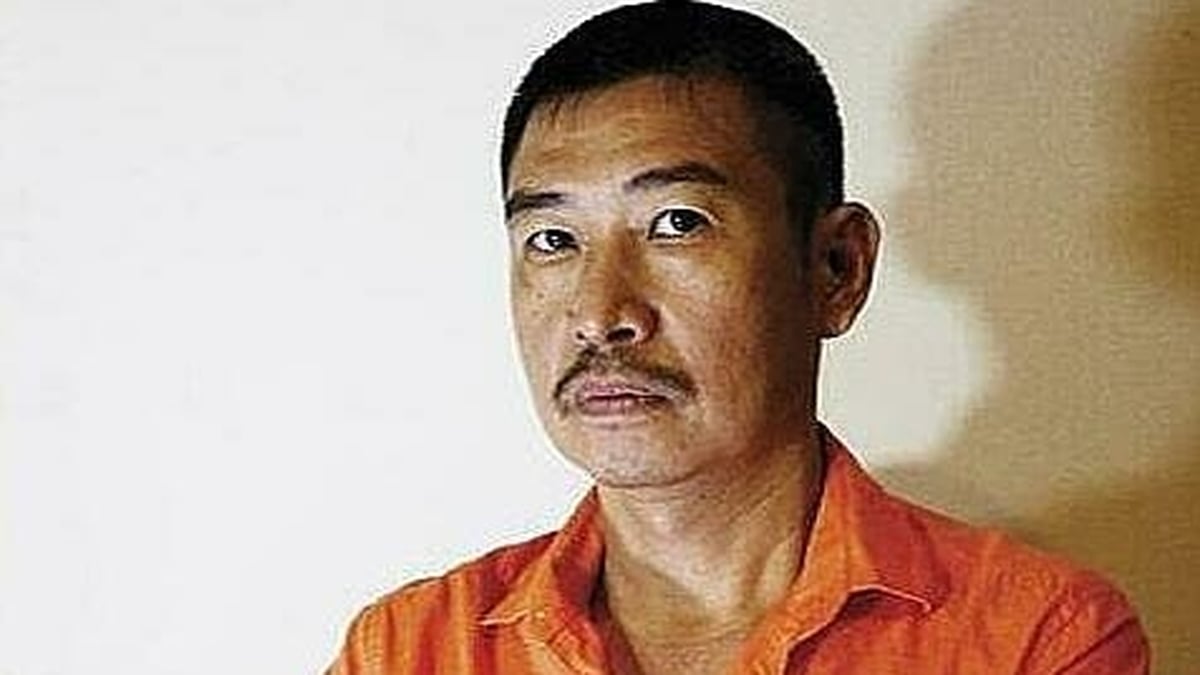

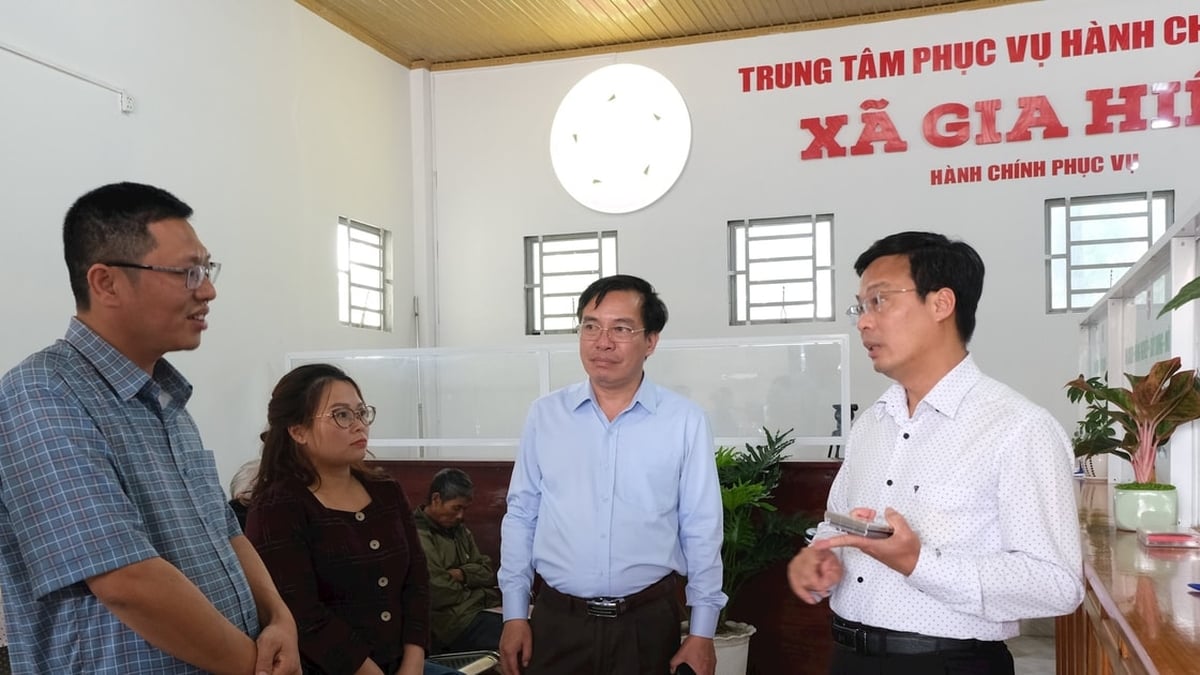
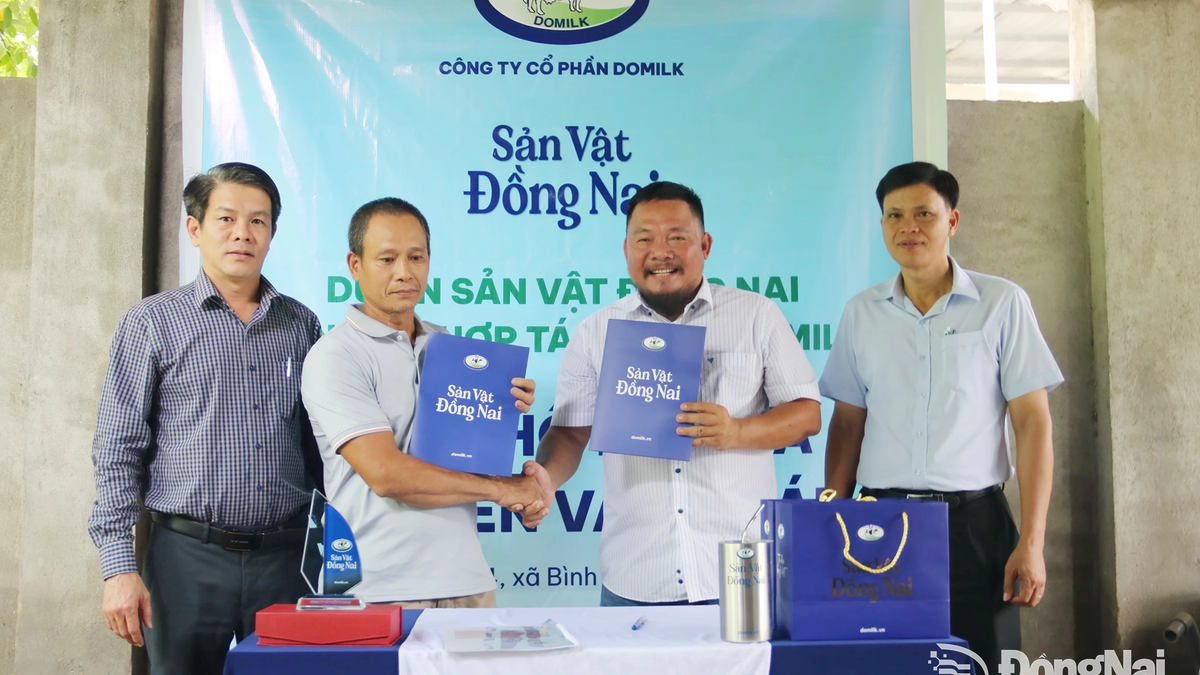

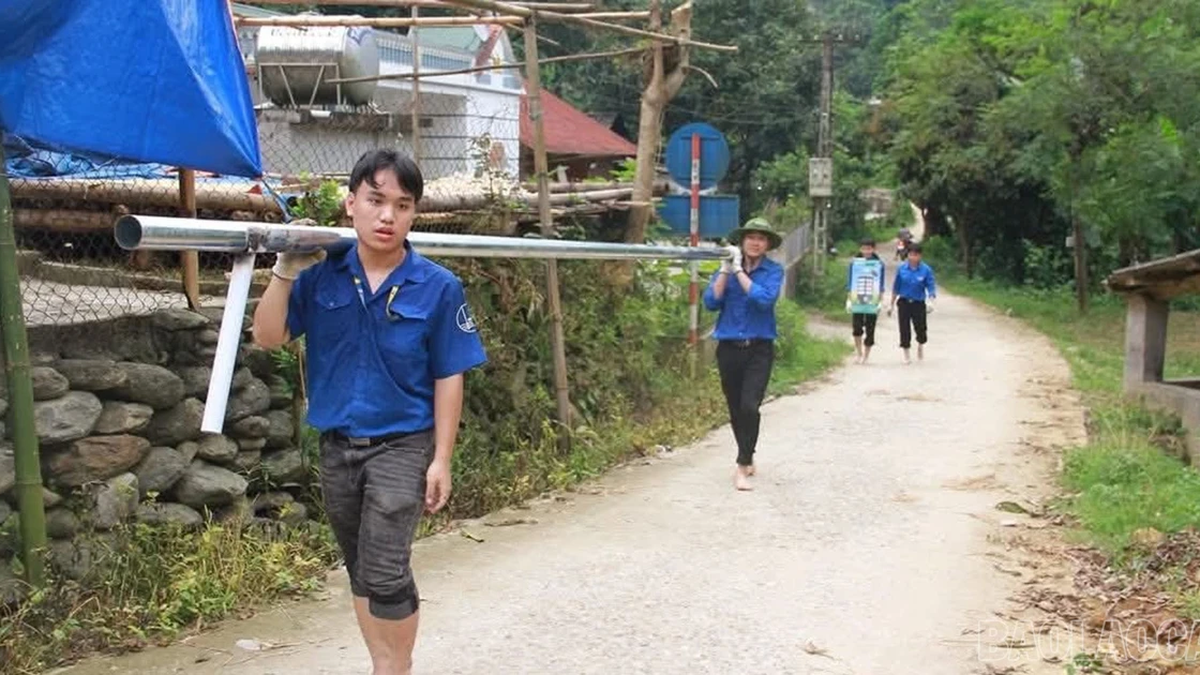

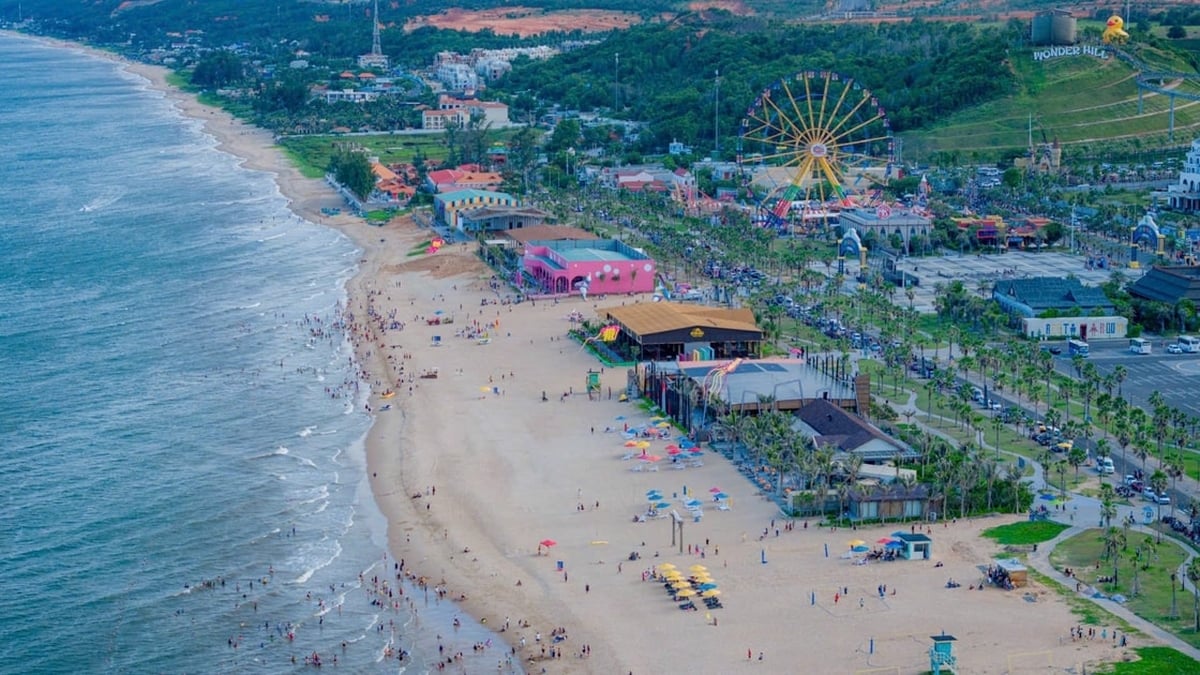
























































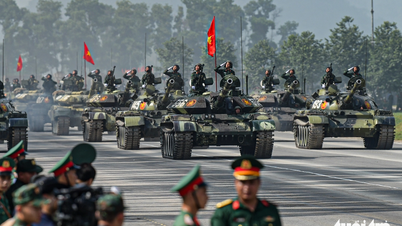
































Comment (0)